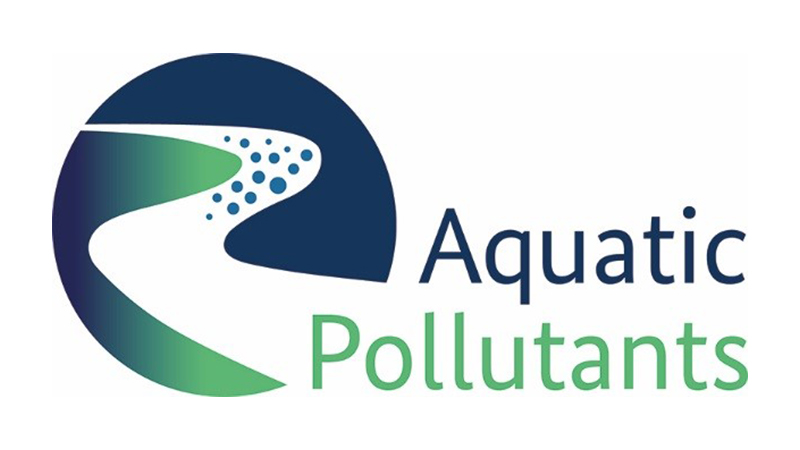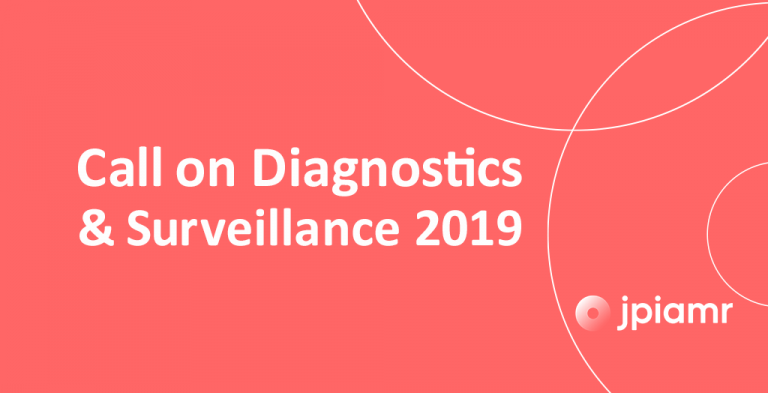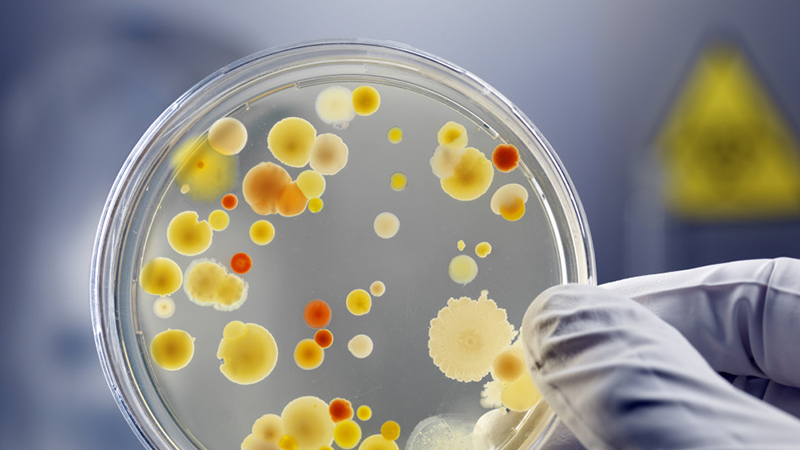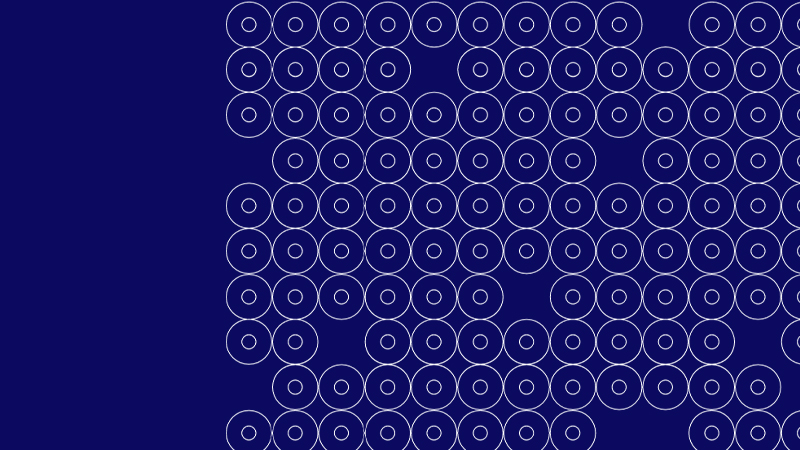JPIAMR is launching an international call for projects under the umbrella of the JPIAMR and within the framework of the ERA-NET JPIAMR-ACTION. The call, with financial support from the European Commission, includes 30 funding organisations from 21 JPIAMR member countries.
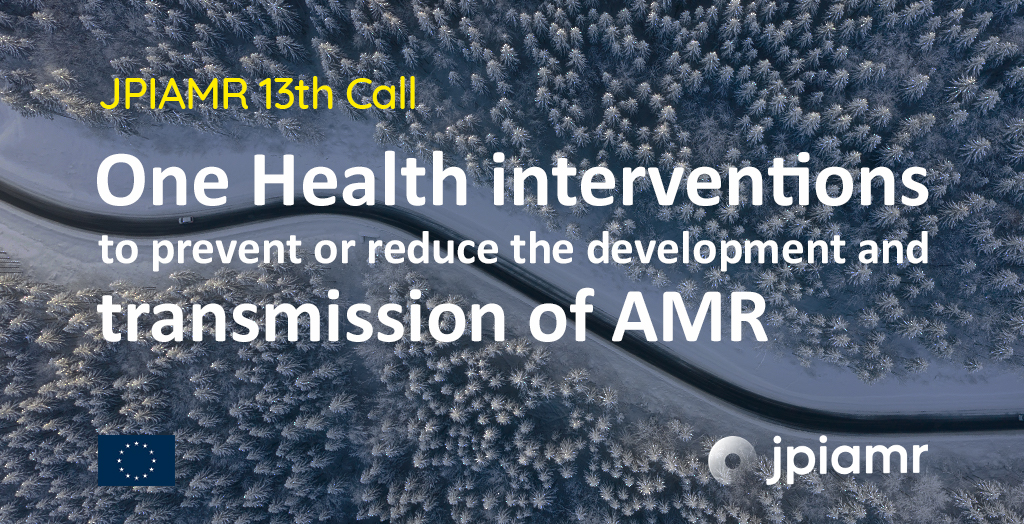
This call is closed. To see all supported projects, scroll to the bottom of this page or click on the button “Supported projects” above.
With the current focus of the JPIAMR Strategic Research and Innovation Agenda, this call will specifically focus on tackling the rising threat of antibiotic resistance. Addressing the rising threat of antibiotic resistance requires a One Health approach since resistant bacteria, genetic elements and antibiotics are found in humans, animals and the environment. Declining clinical effectiveness of existing antibiotics together with the low and insufficient number of promising new antibiotics in the pipeline stresses the urgency to understand the mechanisms of emergence and transmission of antibiotic resistance. The European One Health Action Plan against AMR encourages the EU and its Member States to deliver innovative, effective and sustainable responses to AMR, especially to reduce the emergence and spread of AMR inside and outside the EU.
Through this call, the ERA-NET JPIAMR-ACTION intends to create and reinforce the collaboration between research partners coming from different countries and different fields of expertise to promote research on antibiotic resistance.
Topic of the call
Proposals should aim to either:
- Understand the impact of interventions on the development and transmission of antibiotic resistance in, and/or between, at least two One Health settings;
or
- Design, implement, evaluate, and/or compare innovative interventions to control the development and transmission of antibiotic resistance in, and/or between, at least two One Health settings.
As stated, research proposals must focus on at least two out of the three “One-Health” settings, being: Human Health, Animal Health, and Environment. Participation of low and middle income countries is encouraged.
Eligibility
Consortia should consists of a maximum of six (6) project partners (including non-funded partners). The maximum number of partners can be increased to seven (7) if the consortium includes a partner coming from either low and middle income countries, or from Hungary, Latvia, Lithuania and Poland. The budget of non-funded partners shall not exceed 30% of the total transnational project budget requested. Furthermore, consortia should always consist of a majority of project partners eligible for funding. Funding is granted for a maximum of three (3) years in accordance with national regulations and applicable legal provisions.
Timeline
The call One Health interventions to prevent or reduce the development and transmission of AMR has a two-step procedure.
14 January 2021 (11.00 CET) – Call opens
16 March 2021 (12.00 CET) – Deadline pre-proposals
12 July 2021 – Deadline full proposals
Please contact the call secretariat if you have any questions about the call: JPI-AMRCalls@agencerecherche.fr
Information & application
- Call text (pdf 1 MB, updated 2 March 2021) All specific information on the call One Health interventions to prevent or reduce the development and transmission of AMR
- Pre-proposal application form (Word file 0,1 MB). The application form must be attached to the application in the submission platform.
- JPIAMR Guideline for applicants (pdf 0,4 MB)
- Applicants from LMIC countries (for more details see Call text, Annex B: National Rules and Requirements):
- ICARS will support participation of researchers from LMICs listed on the 2020 DAC List of ODA Recipients
- IDRC will support participation of researchers from LMICs in Southeast Asia listed on the 2020 DAC List of ODA Recipients.
- Sida will support participation of researchers NGOs from low income countries in sub-Saharan Africa, and other sub-Saharan African countries where Sweden has bilateral development cooperation. General Conditions applicable to Grants from Sida to NGO:s, regarding project/programme support and core support (pdf 0,15 MB)
Webinar for applicants
A live webinar was held on the 28th of January 2021 presenting the call and the partner search tool. Representatives from funders participating in the call answered questions live.
The presentations from the webinar are now published on the JPIAMR YouTube channel.
A summary of the Q&A can be found here: Q&A Online Webinar for applicants 28 January 2021 (pdf 0,1 MB)
Partner Search Tool
A match-making tool has been created for applicants, to facilitate networking and the creation of consortia.
The tool can be consulted for several purposes:
- Partner looking for project: As individual researcher or a representative of a lab or research team, searching for a project to join.
- Project looking for partner: If you want to build a consortium around an existing project and want to find partners for your project ideas.
Link to tool : https://ncn.gov.pl/partners/amr13th/
Funders
Belgium
Fonds voor Wetenschappelijk onderzoek-Vlaanderen (FWO)
Fonds de la Recherche Scientifique (FNRS)
Canada
Canadian Institute of Health Research (CIHR)
International Development Research Centre (IDRC)
Denmark
International Centre for Antimicrobial Resistance Solutions (ICARS)
Innovationsfonden (IFD)
Estonia
Estonian Research Council (ETAg)
Finland
Suomen Akatemia (AKA)
France
Agence Nationale de la Recherche (ANR)
Germany
The Federal Ministry of Education and Research (BMBF)
Hungary
National Research, Development and Innovation Office (NKFIH)
Ireland
The Health Research Board (HRB)
Department of Agriculture, Food and the Marine (DAFM)
Israel
Ministry of Health (CSO-MOH)
Italy
Fondazione Regionale per la Ricerca Biomedica (FRRB)
Ministero della Salute (It-MoH)
Latvia
Valsts Izglitibas Attistibas Agentura (VIAA)
Lithuania
Research Council of Lithuania (RCL)
Moldova
Agentia Nationala Pentru Cercetare Si Dezvoltare (ANCD)
Netherlands
Zorgonderzoek Nederland Zon (ZonMw)
Norway
Research Council of Norway (RCN)
Poland
Narodowe Centrum Nauki (NCN)
Spain
Agencia Estatal de Investgacion (AEI)
Instituto de Salud Carlos III (ISCIII)
Sweden
Swedish Research Council (SRC)
Swedish International Development Cooperation Agency (Sida)
United Kingdom
Medical Research Council (MRC)
Biotechnology and Biological Sciences Research Council (BBSRC)
Natural Environment Research Council (NERC)
Supported projects
Nineteen projects were funded within the JPIAMR 13th transnational call: “One Health interventions to prevent or reduce the development and transmission of AMR”. The total funding amount was 25,6 M€. Click on the project titles in the list below to learn more on each project.

